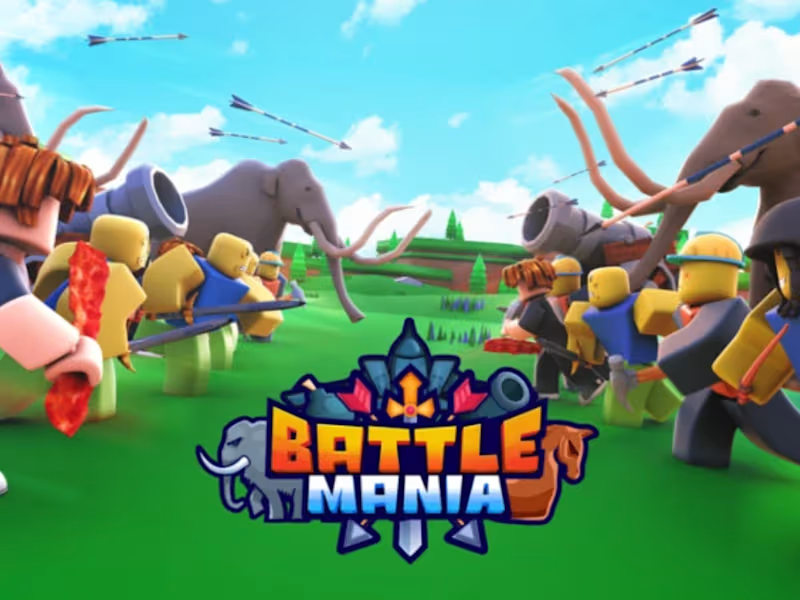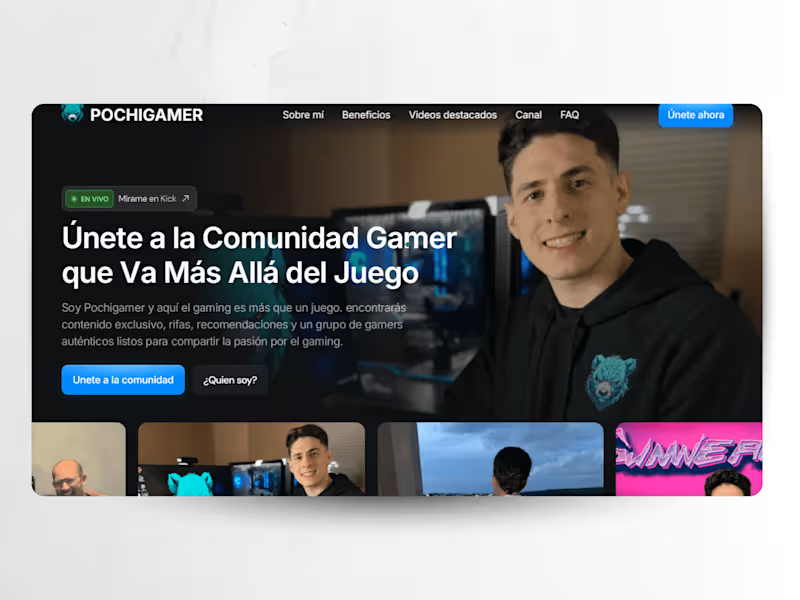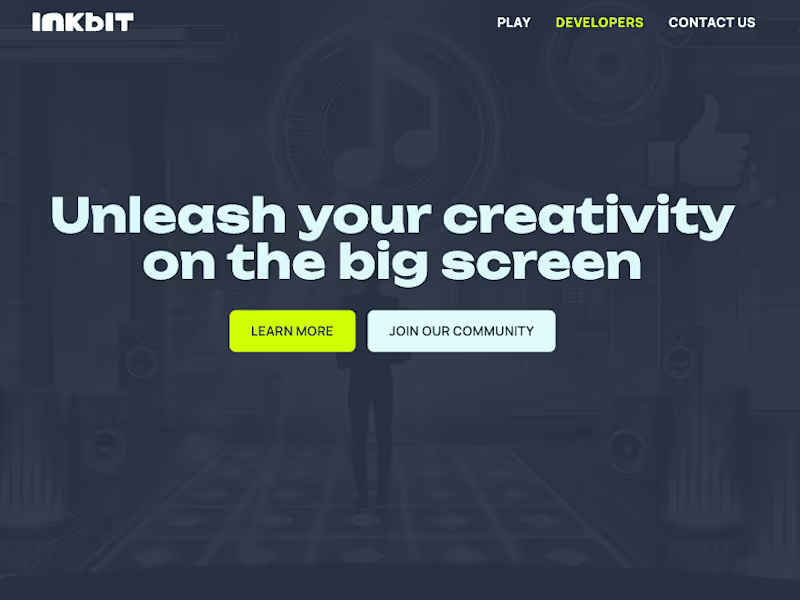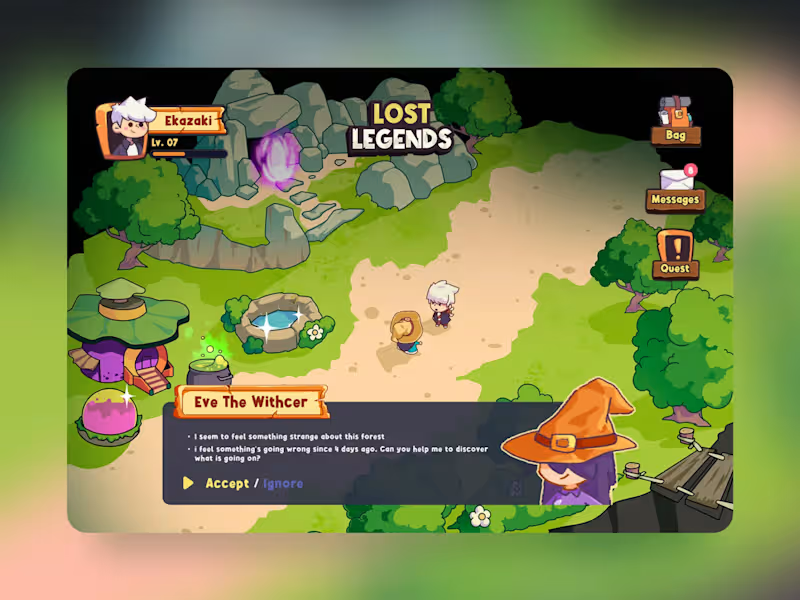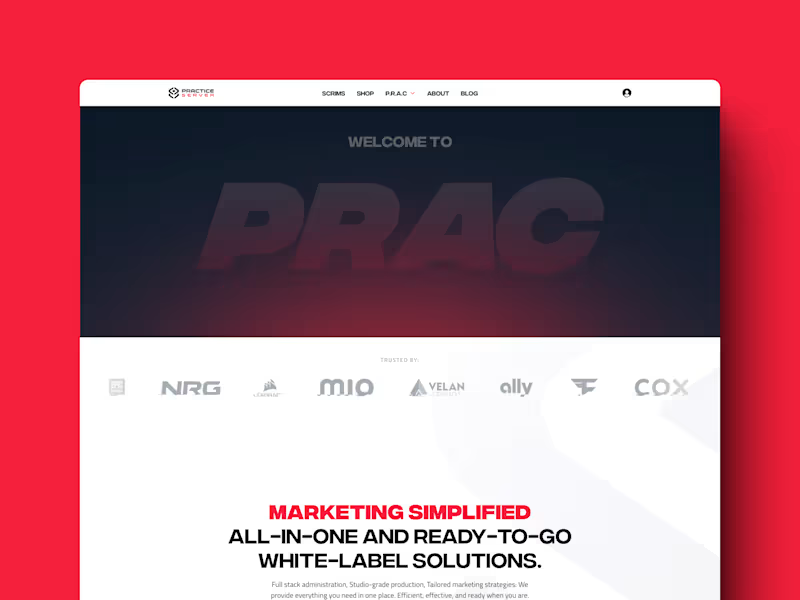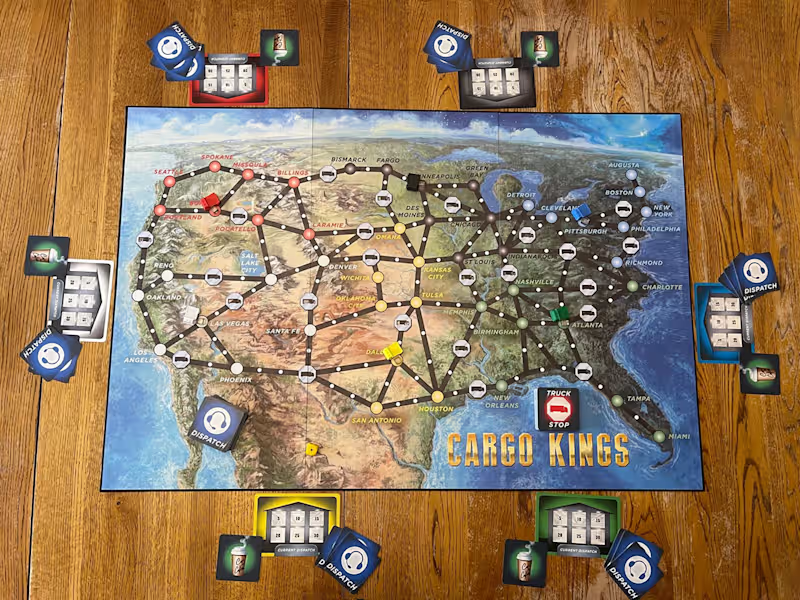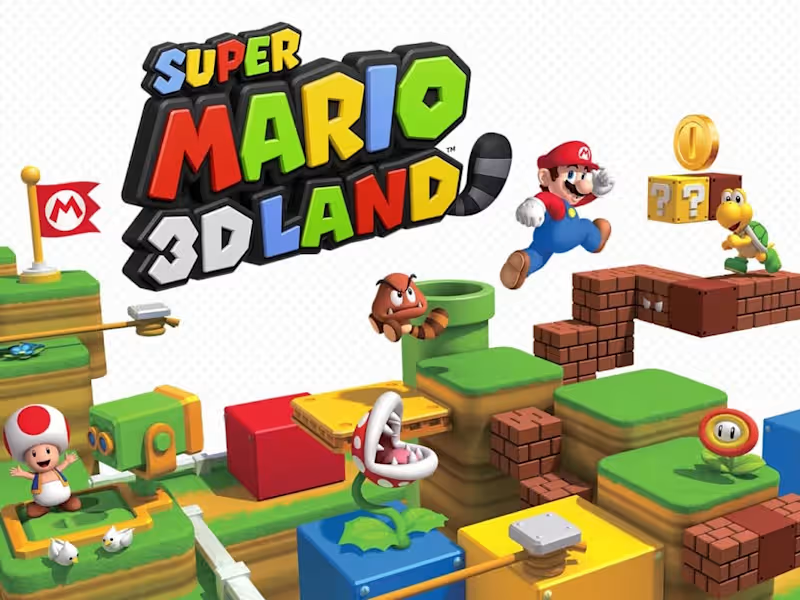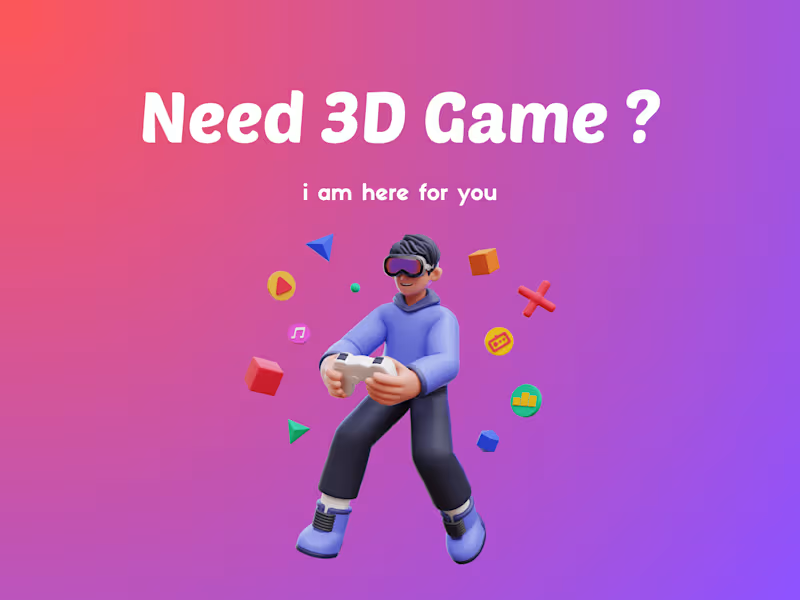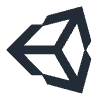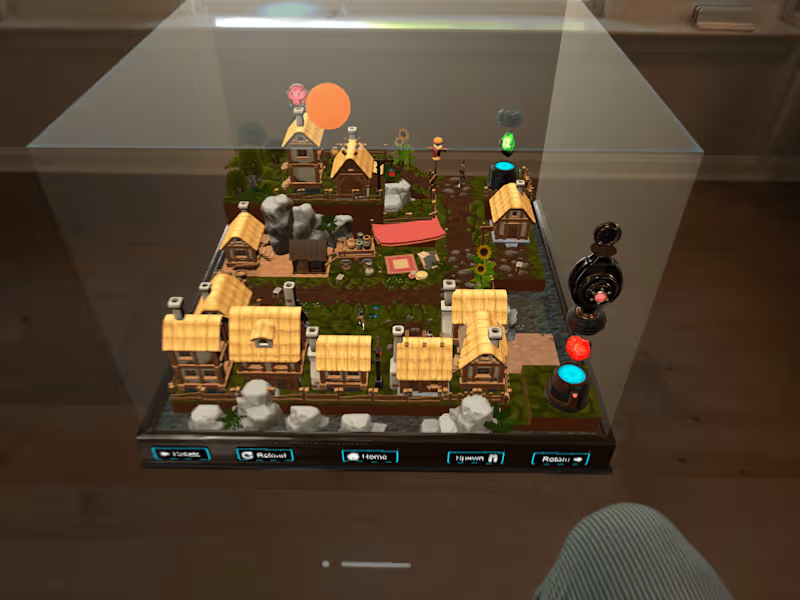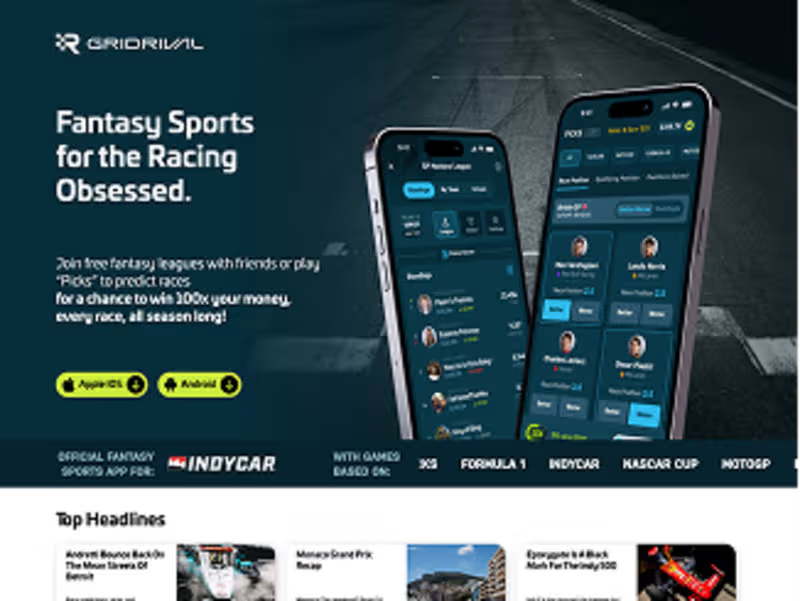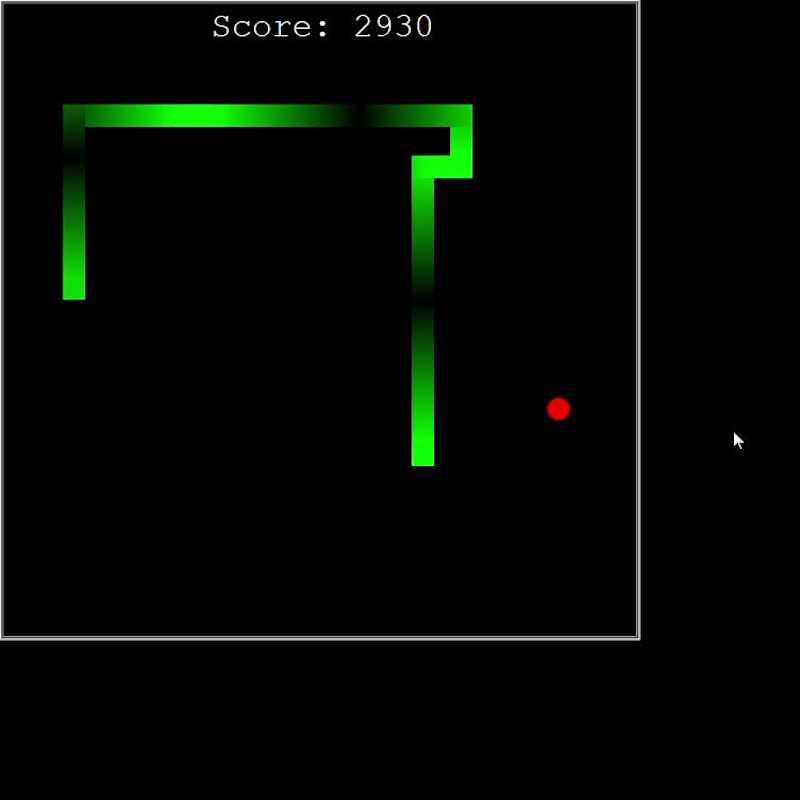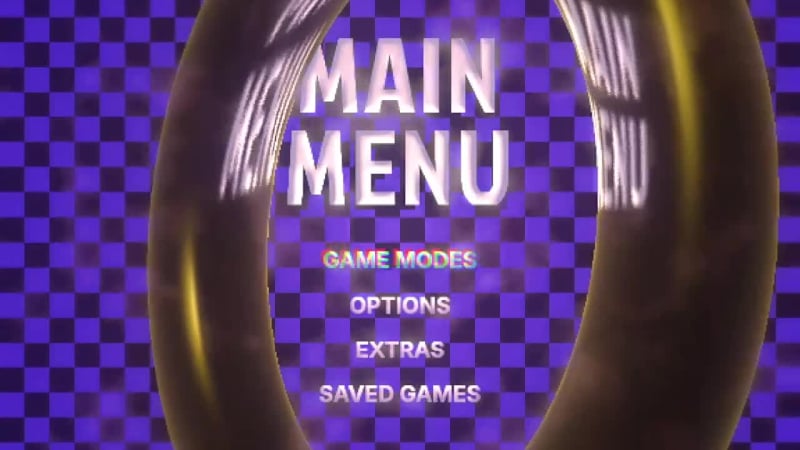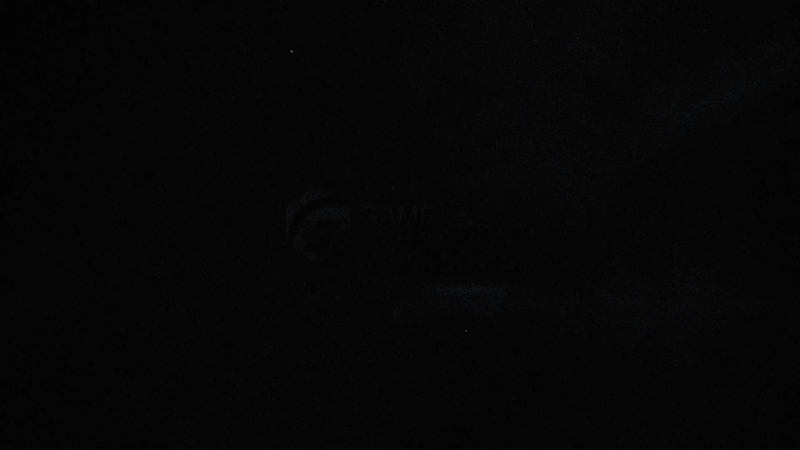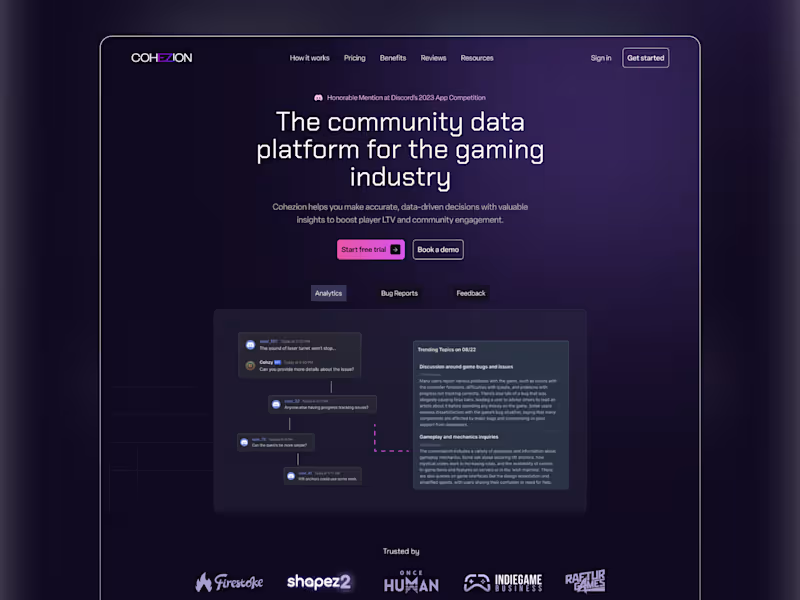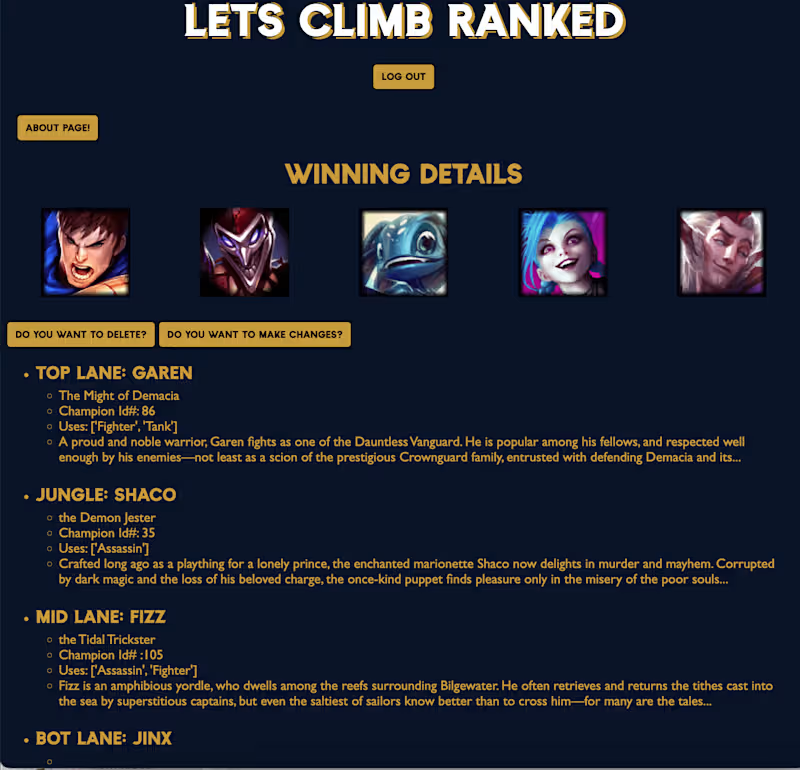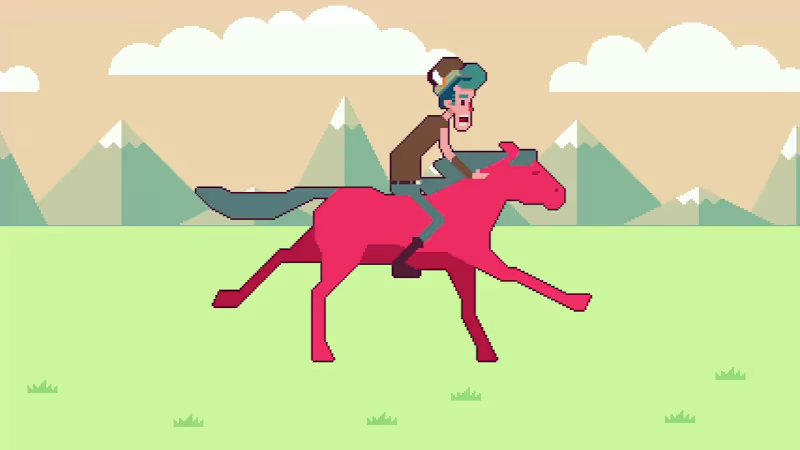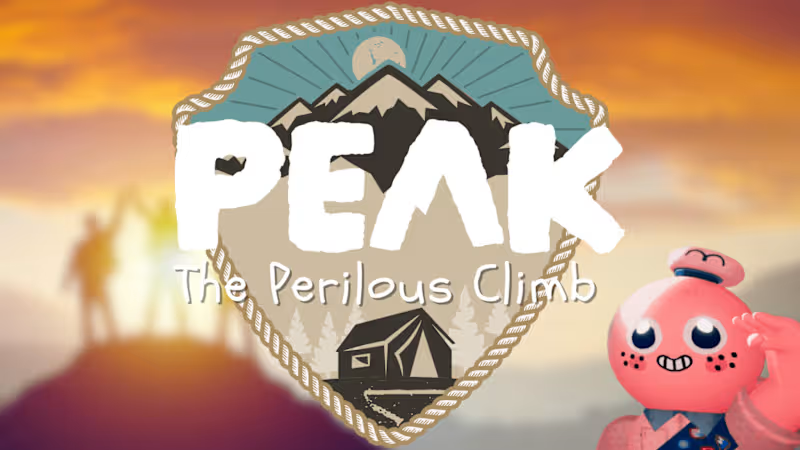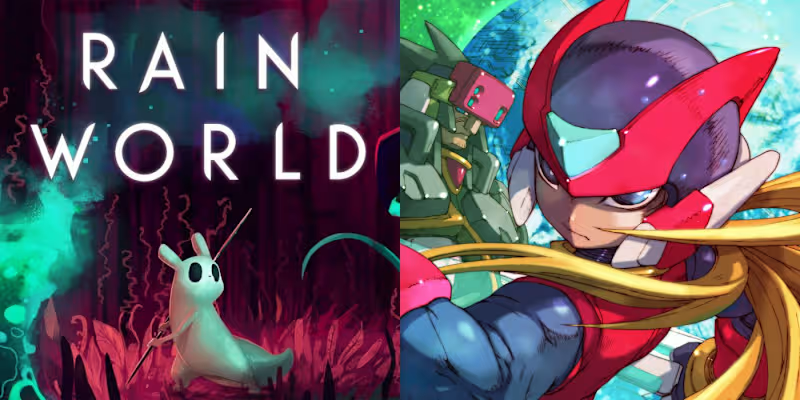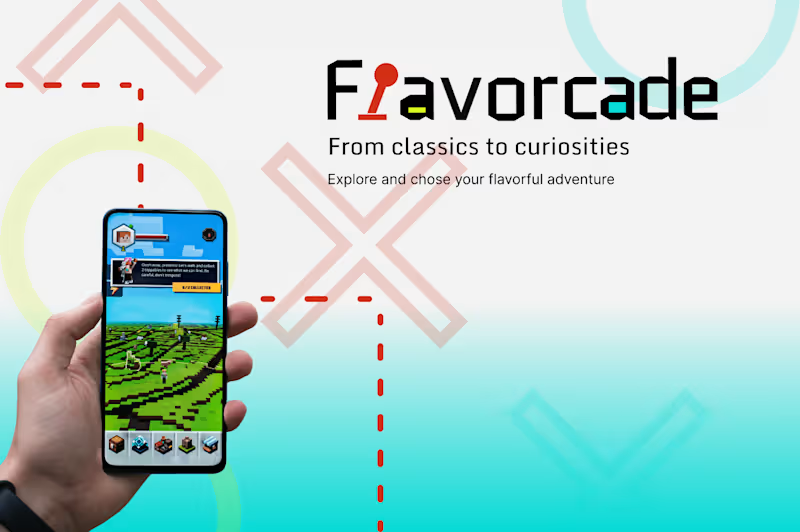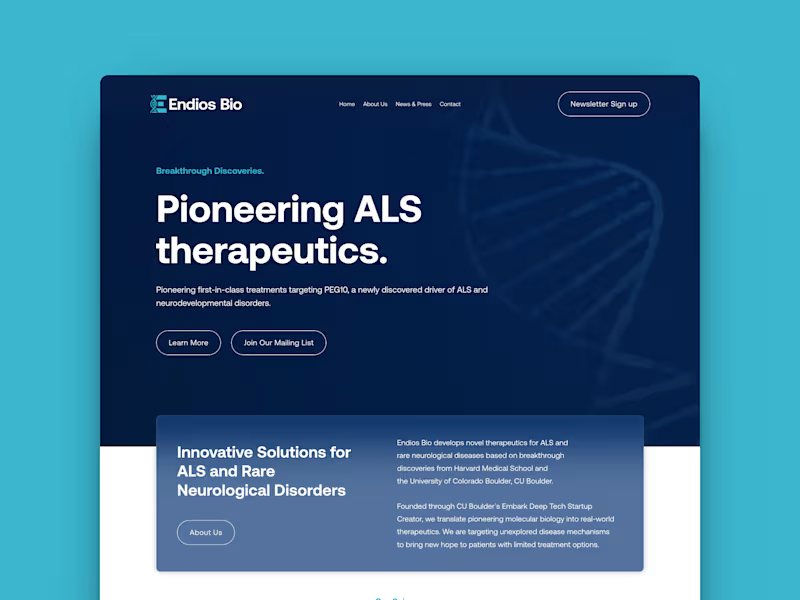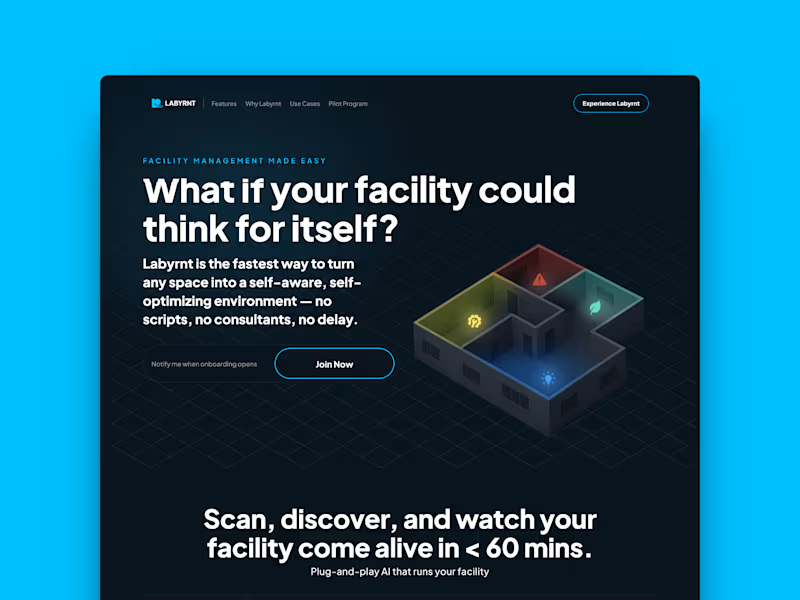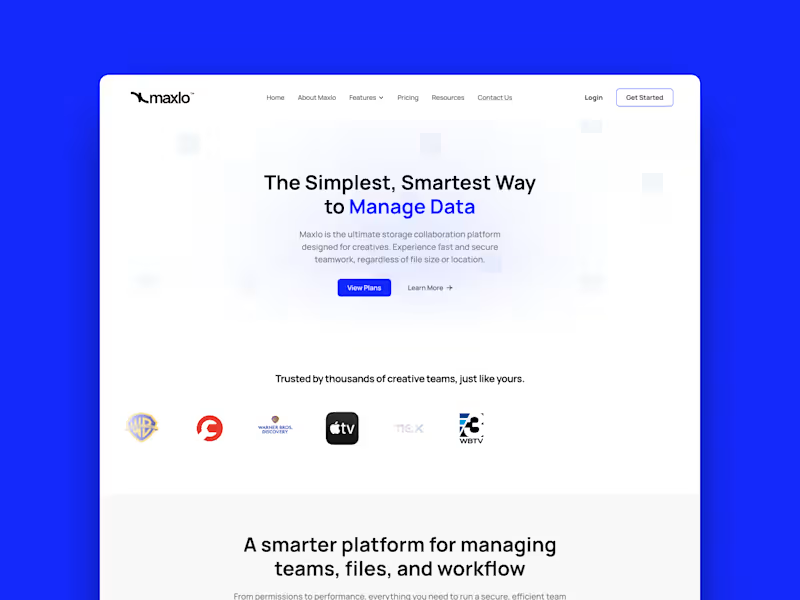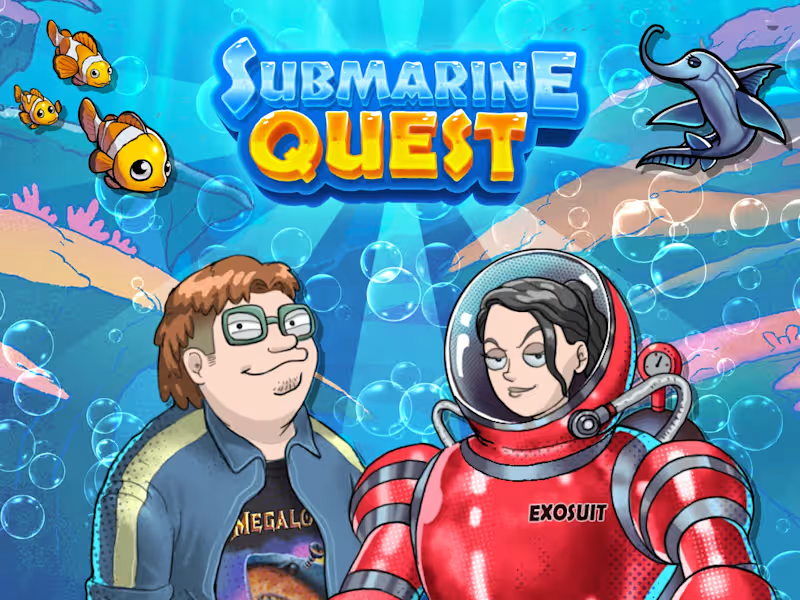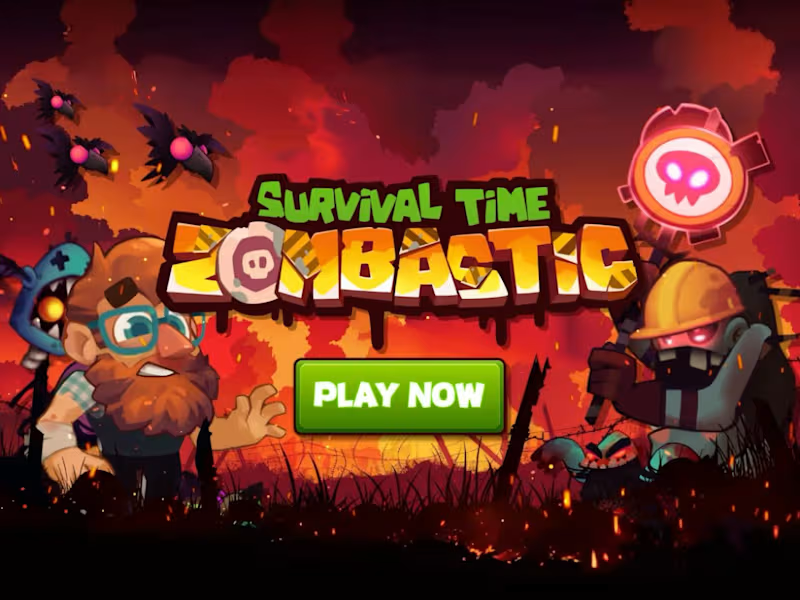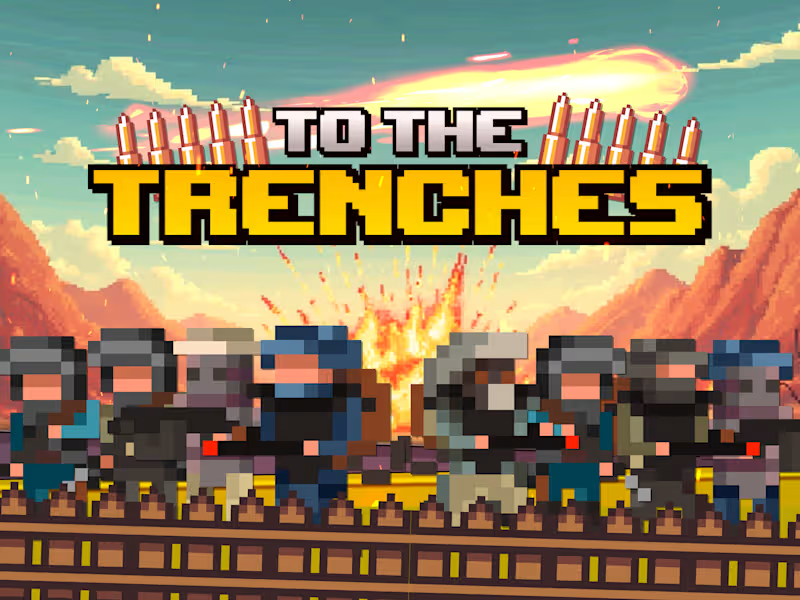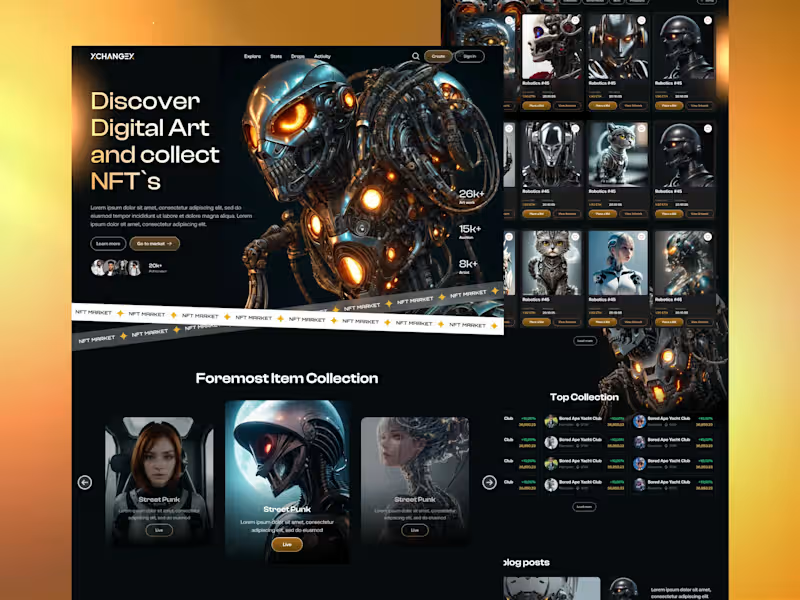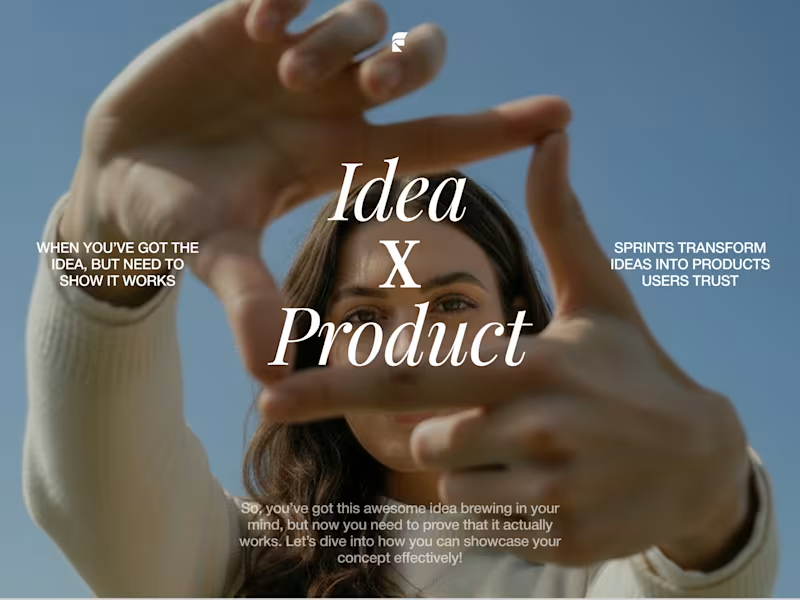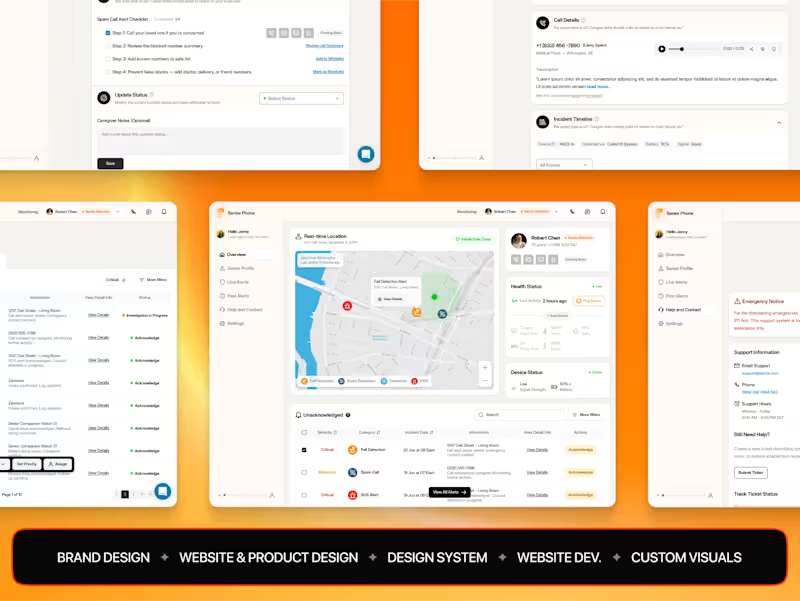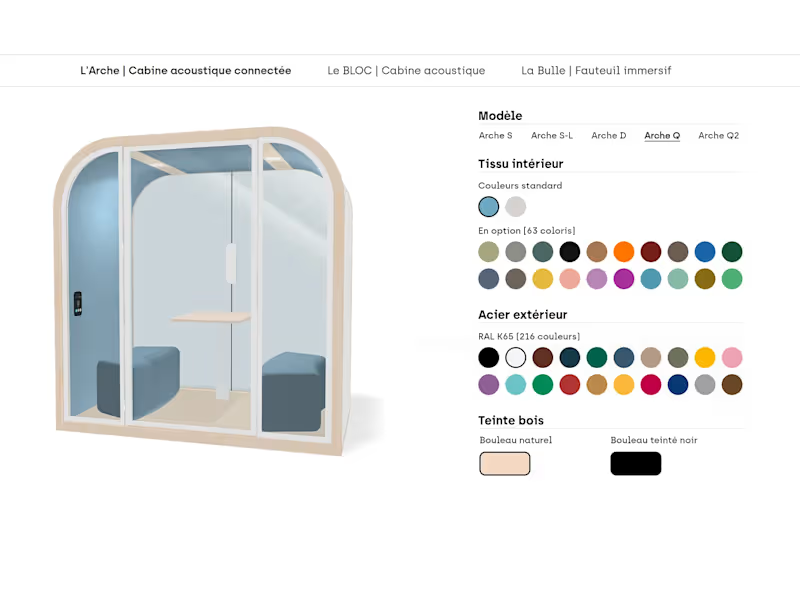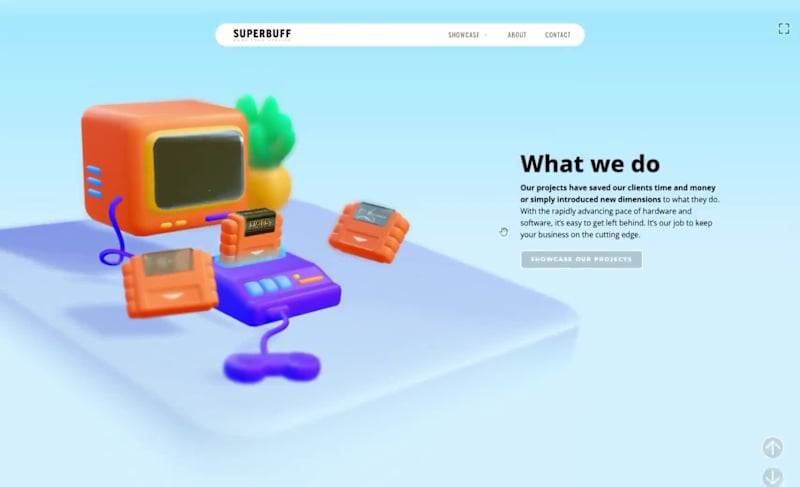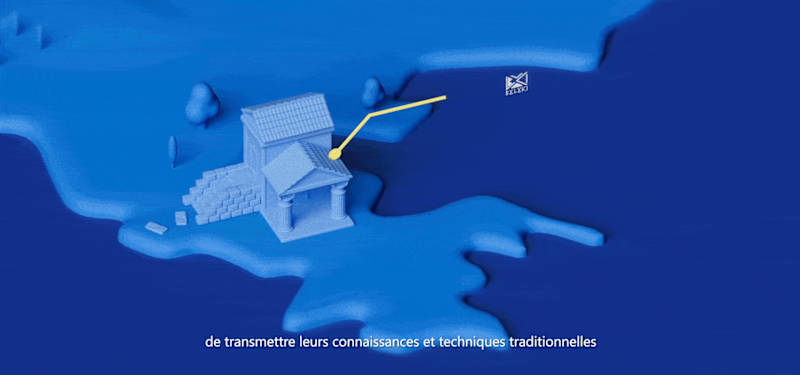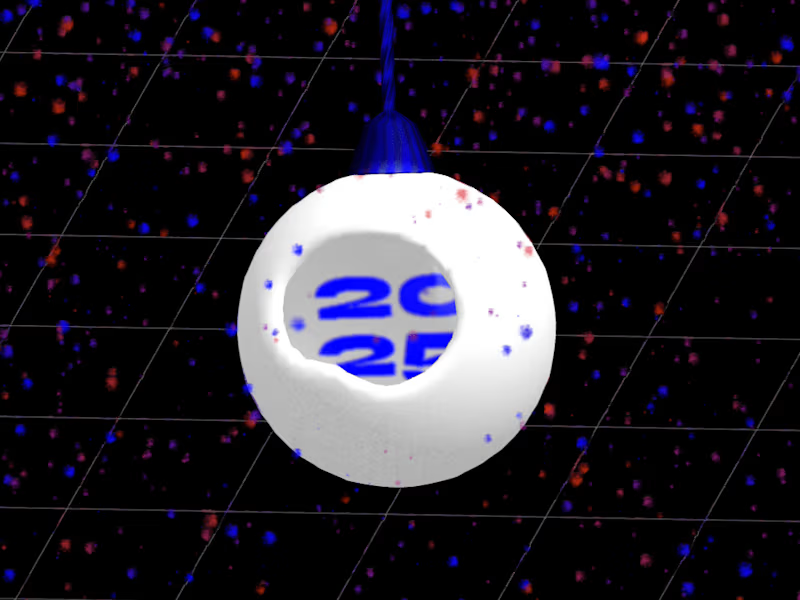What should I look for in a freelance game designer's portfolio?
Look for game design skills that match your project's needs. Check if they have experience with the type of games you want to create, like mobile games or console games. Make sure their art style fits your vision. Look for any past projects similar to yours. A good game designer's portfolio will showcase not only beautiful artwork but also thoughtful game mechanics and user experience design.
How do I set clear goals and tasks for the game designer?
Start by defining what you want your game to be like. Write down a list of all the features and artwork you need. Break down big tasks into smaller ones, like character design, level creation, or sound effects. Share these goals with your designer, so you are both on the same page. It's important to set a timeline for each task so the project stays on track.
What communication tools should I use to work with the game designer?
Use communication platforms like email, video calls, or chat apps. Choose tools that you both find easy and convenient to use. Regular check-ins, like weekly calls or messages, help keep the project moving smoothly. Share files using cloud storage so everyone has access to the latest updates. Good communication ensures that both you and the designer understand each other's expectations.
Why is a style guide important for a game project?
A style guide helps make sure everything in the game looks and feels the same. It includes colors, fonts, and how characters should look. This guide keeps the game designer in tune with your vision. When the style is consistent, it makes the game immersive and fun for players. Share the style guide with your designer early, so they can create designs that match it.
What should the initial contract with a game designer include?
The contract should list all the tasks, like levels or characters, the designer will do. Add details about timelines and when each part should be finished. Include how and when payments are made. Make sure both parties agree on who will own the artwork and designs. This contract protects both you and the designer throughout the project.
How do I ensure that the game designer understands my game concept?
Prepare a game concept document that explains your vision. Describe the story, characters, and what makes your game unique. Share examples or references that show the style you like. Talk with your designer about this document and answer their questions. Clear understanding from the start ensures that the designer creates what you are imagining.
How can I manage feedback to improve the game design process?
Provide feedback that is clear and specific about what you like or want changed. It helps to ask questions and listen to the designer's ideas or solutions. Use visual examples if possible, to show what you mean. Regular reviews and feedback sessions can help catch issues early. Good feedback helps the designer make the game better and more aligned with your vision.
What are iterative design methods and why should I use them?
Iterative design means making the game in steps and improving it bit by bit. It allows the game designer to test small parts of the game and make changes before moving on. This method can catch problems early and ensure the design meets your goals. You will see the project progress, which can be good for both you and the designer. Iterative design helps create a better game overall.
How do I evaluate the progress of the game design effectively?
Regularly check the work against the project timeline and goals. Look at if tasks are completed on time and if the design meets your standards. Set up milestones where you and the designer review the work together. Use these reviews to assess how well the project is going. Being involved helps ensure the game develops as you envisioned it.
Who is Contra for?
Contra is designed for both freelancers (referred to as "independents") and clients. Freelancers can showcase their work, connect with clients, and manage projects commission-free. Clients can discover and hire top freelance talent for their projects.
What is the vision of Contra?
Contra aims to revolutionize the world of work by providing an all-in-one platform that empowers freelancers and clients to connect and collaborate seamlessly, eliminating traditional barriers and commission fees.
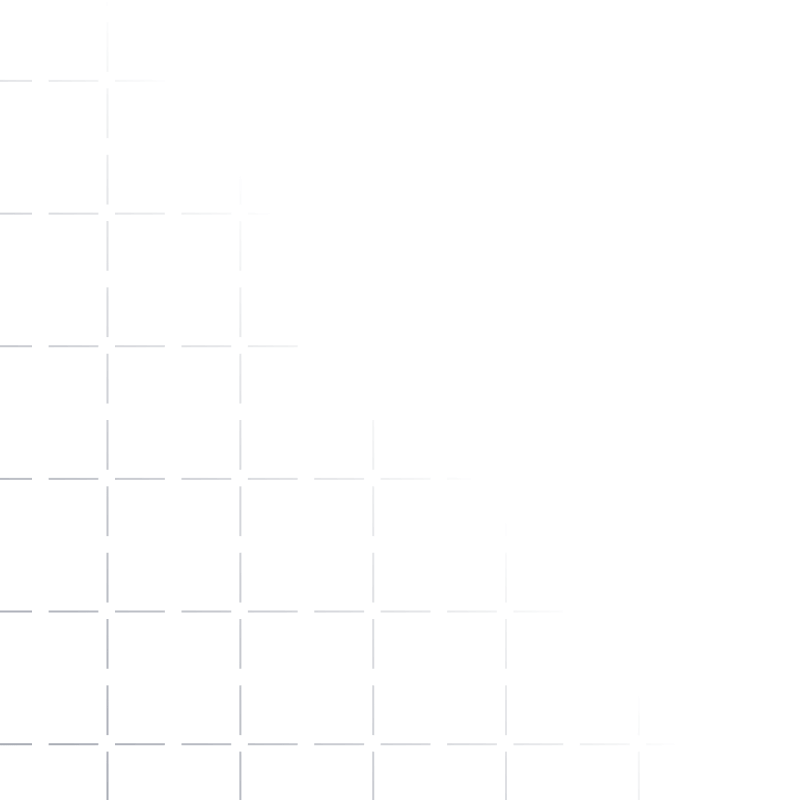
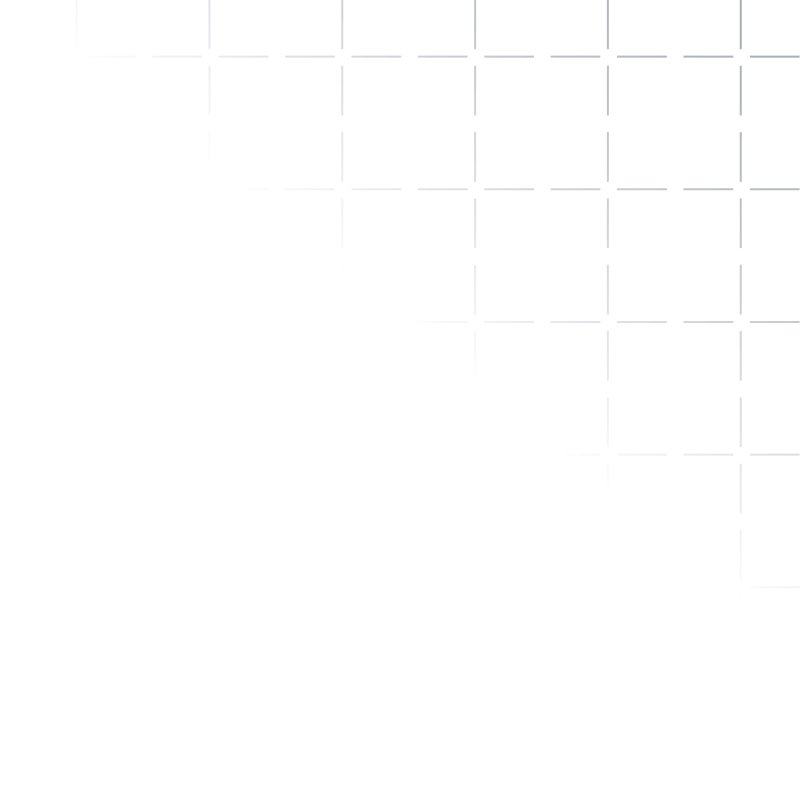


























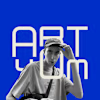










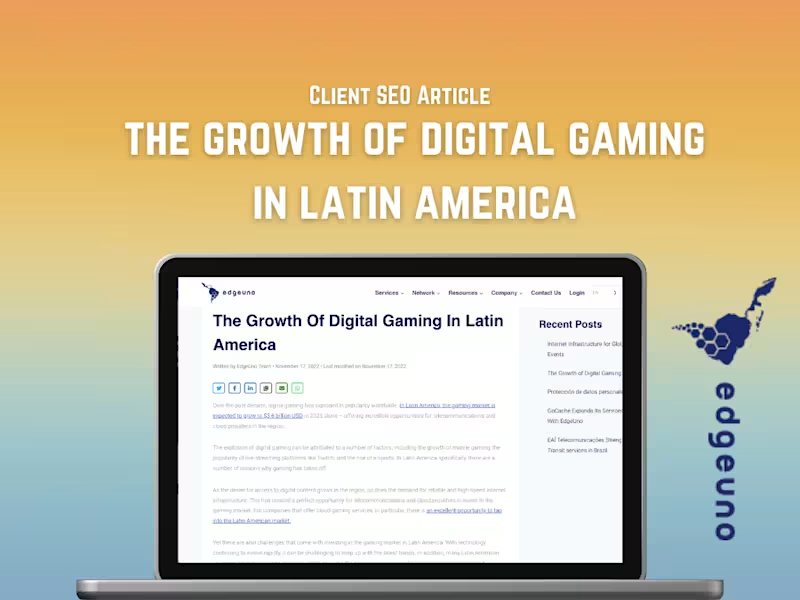
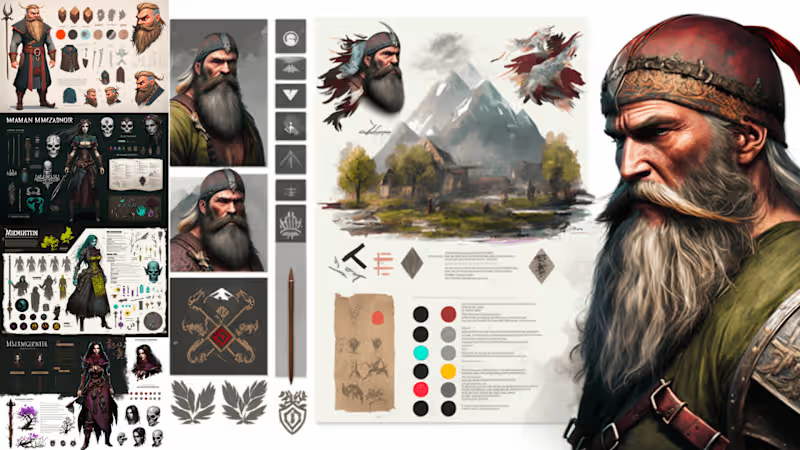

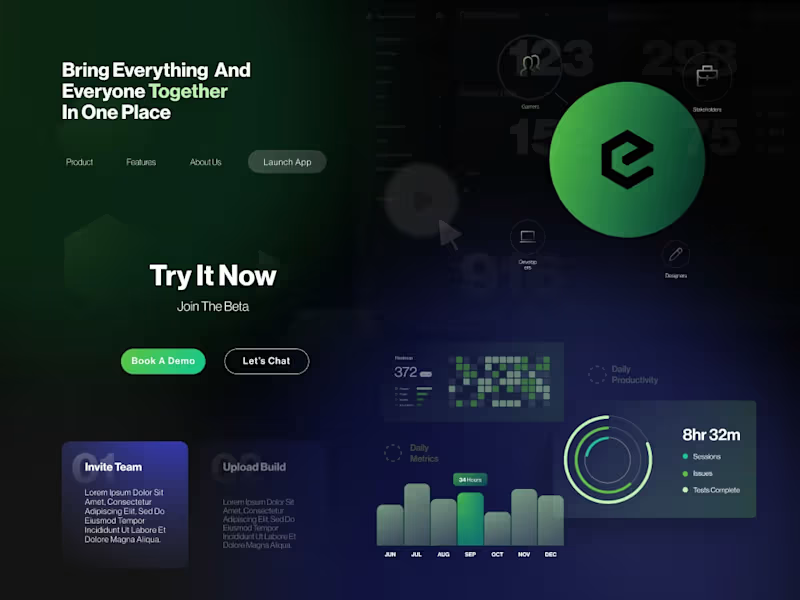
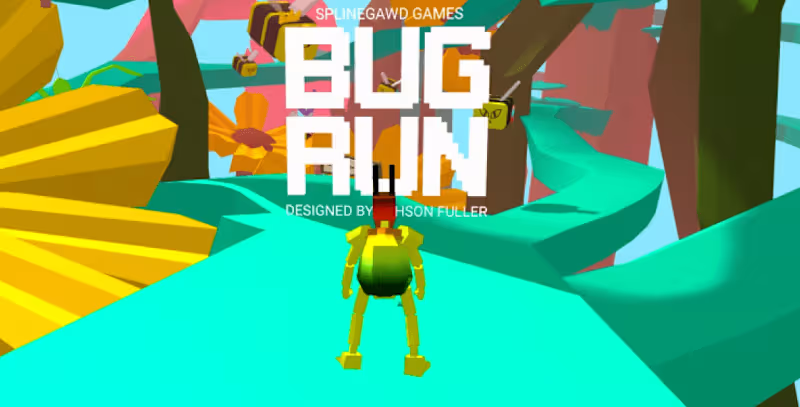
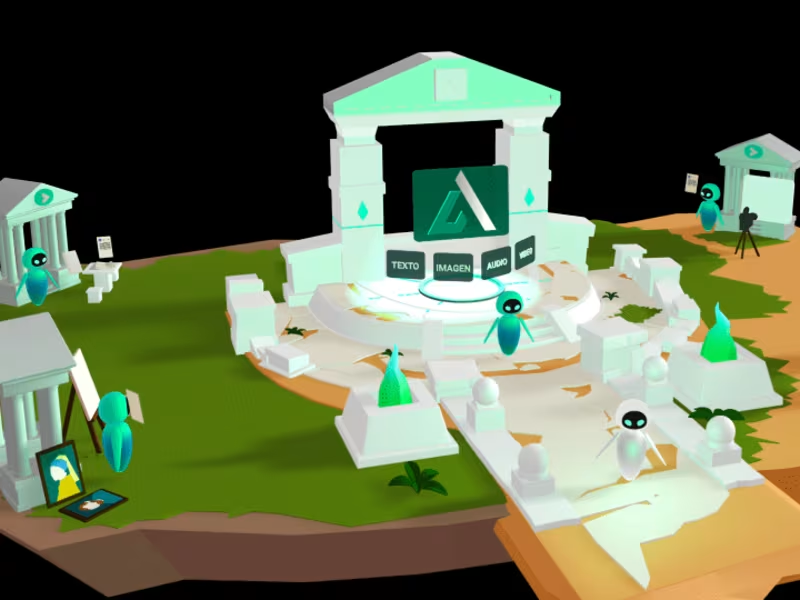
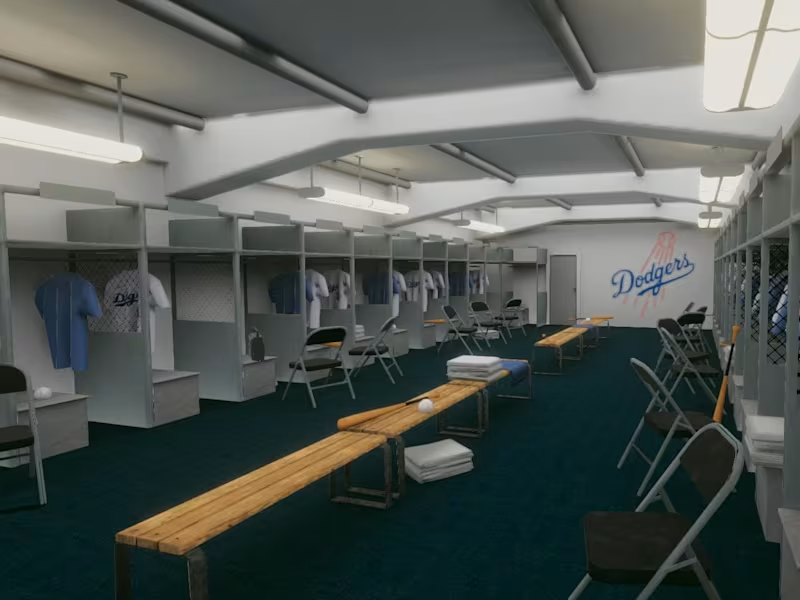
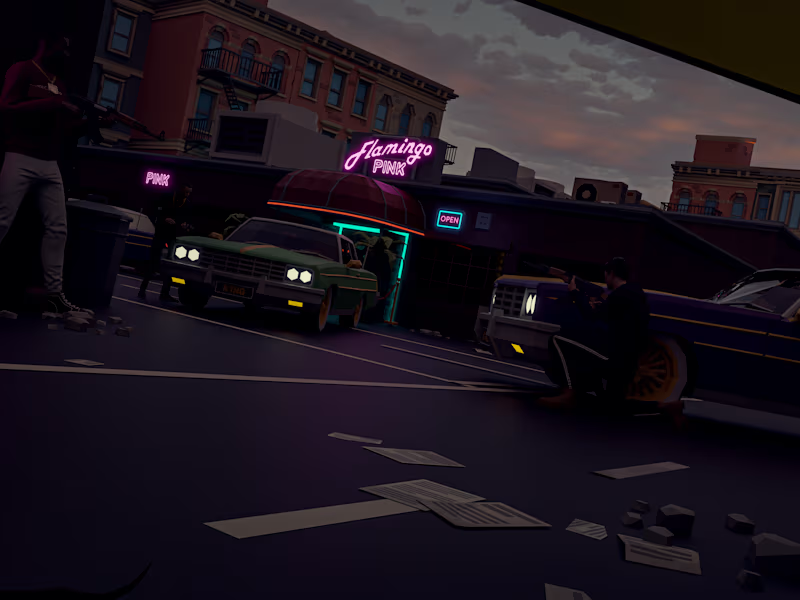

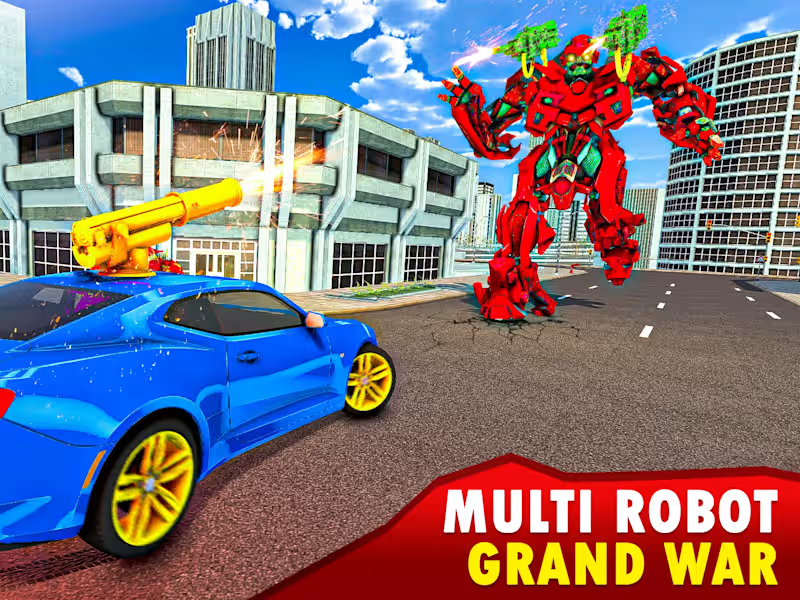
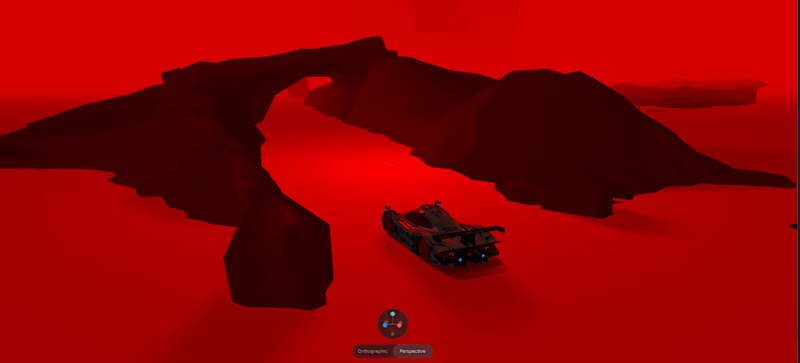
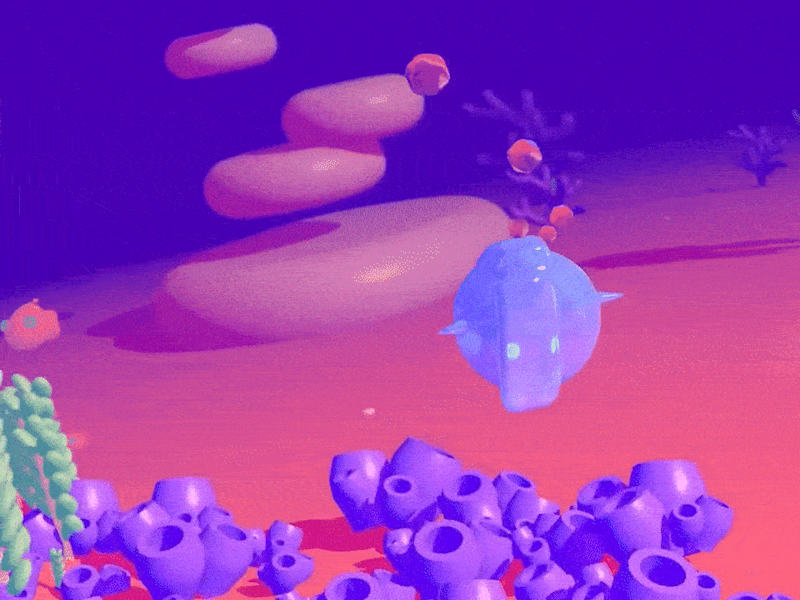
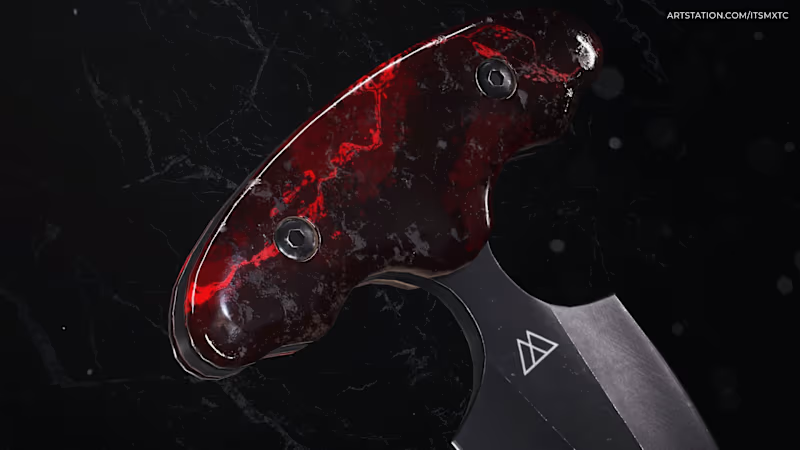

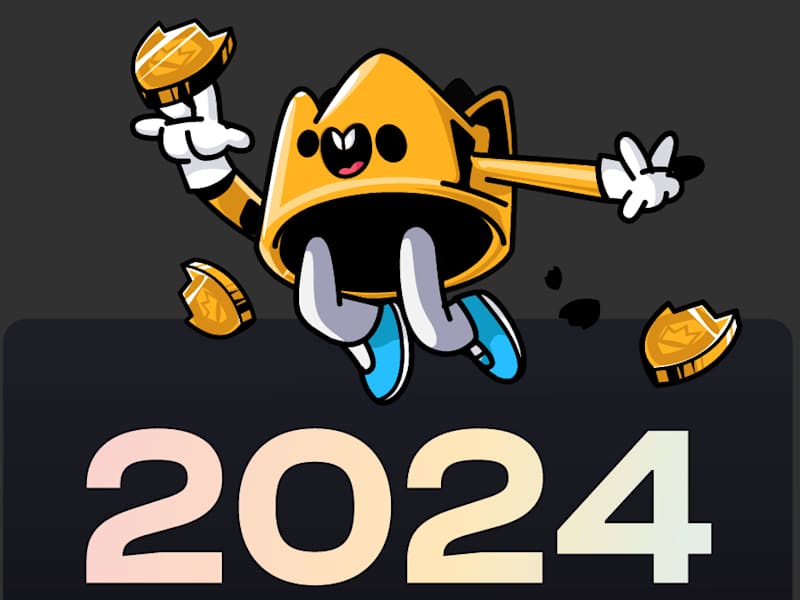
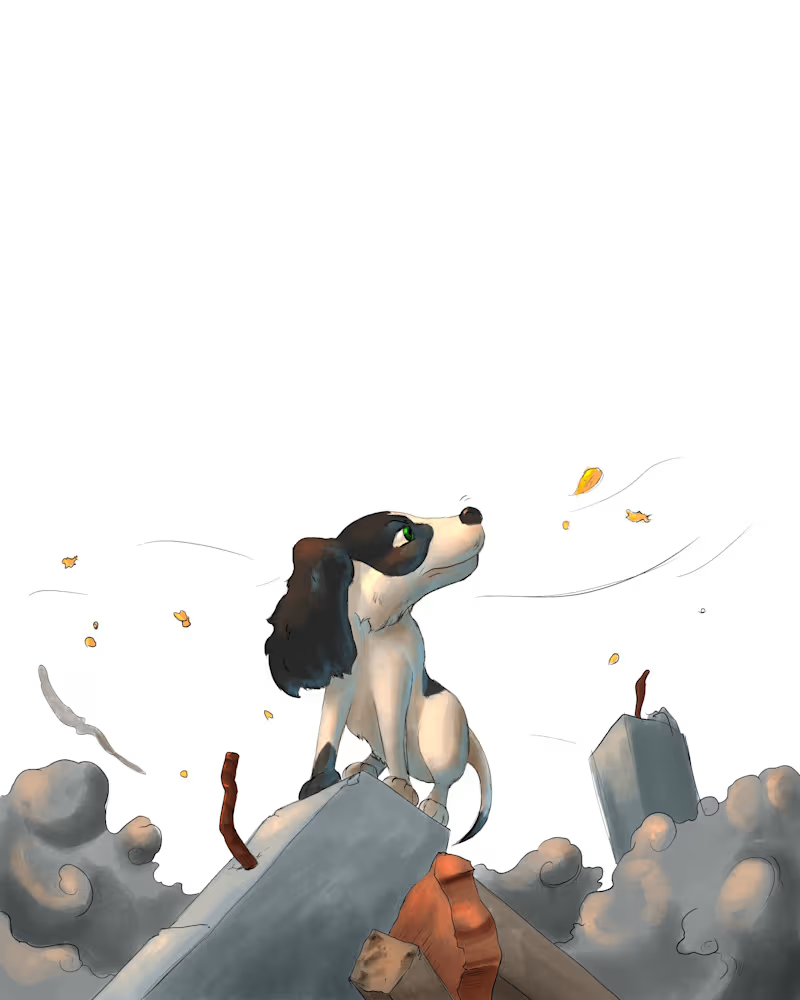
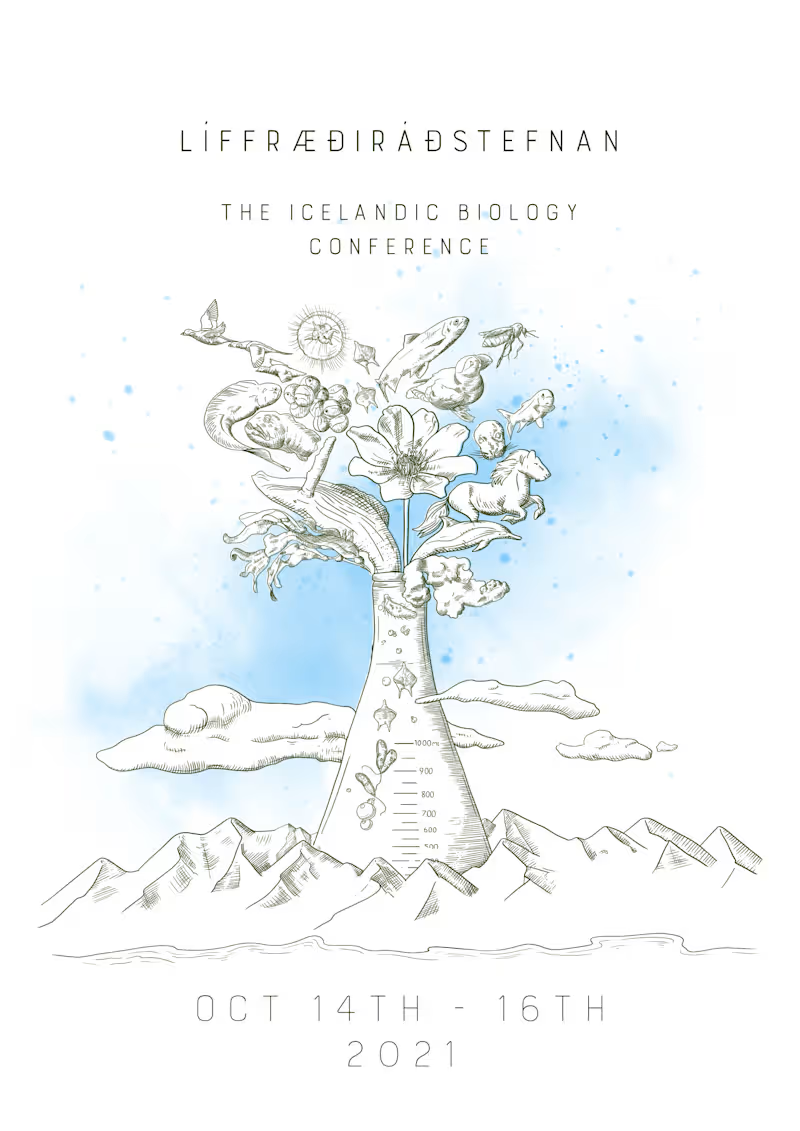
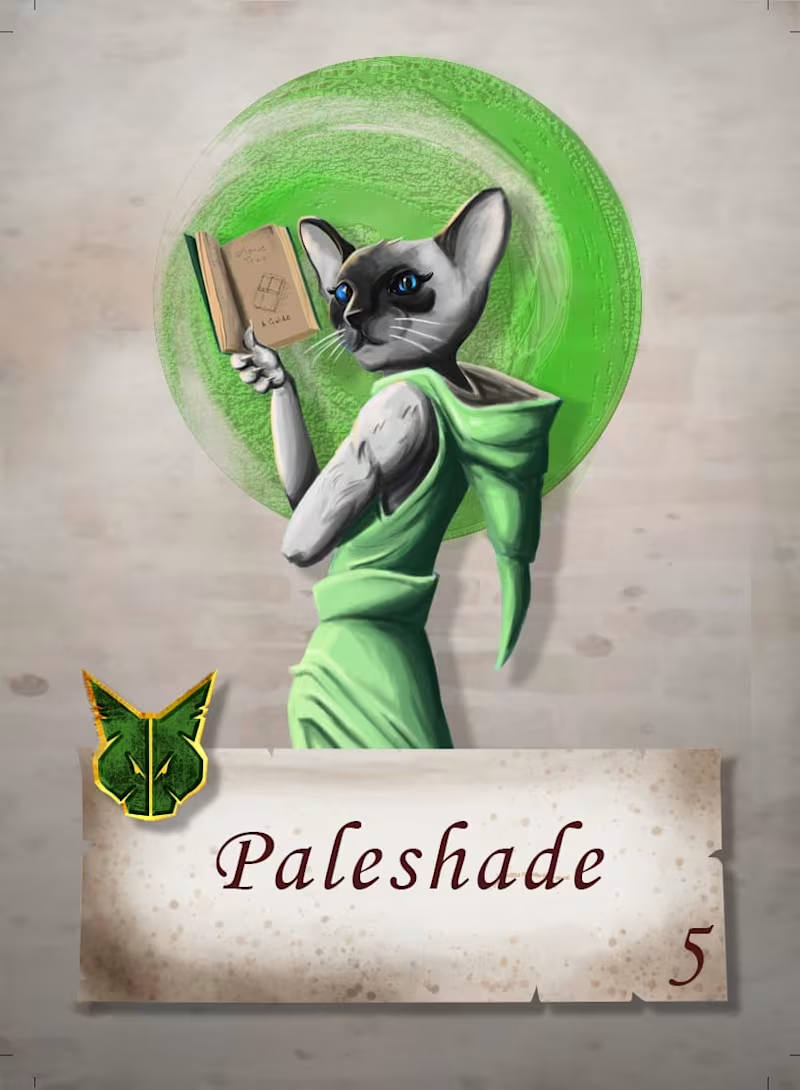
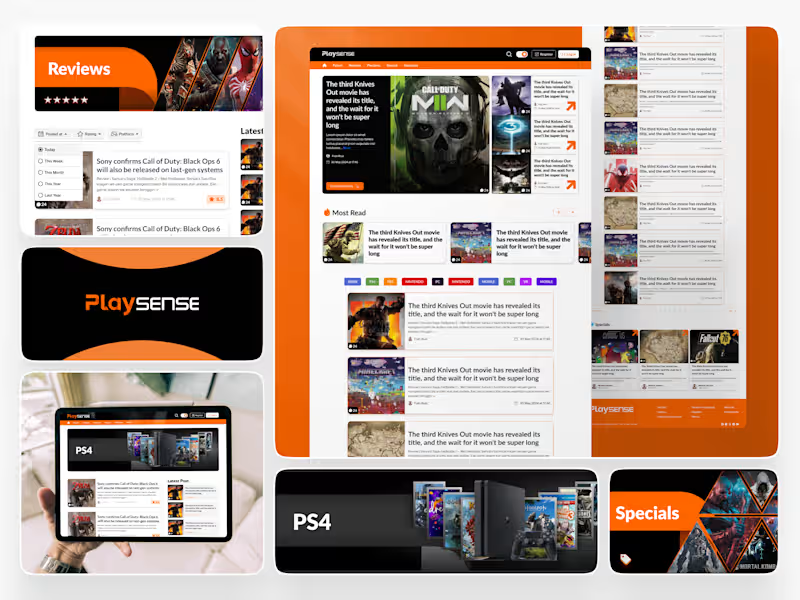

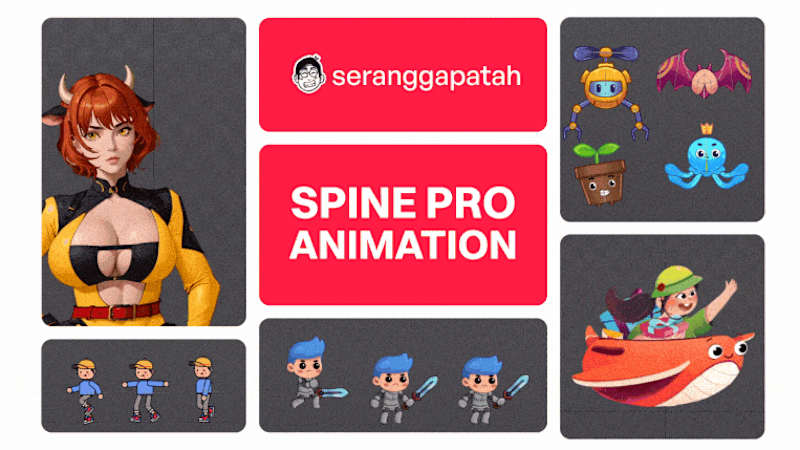
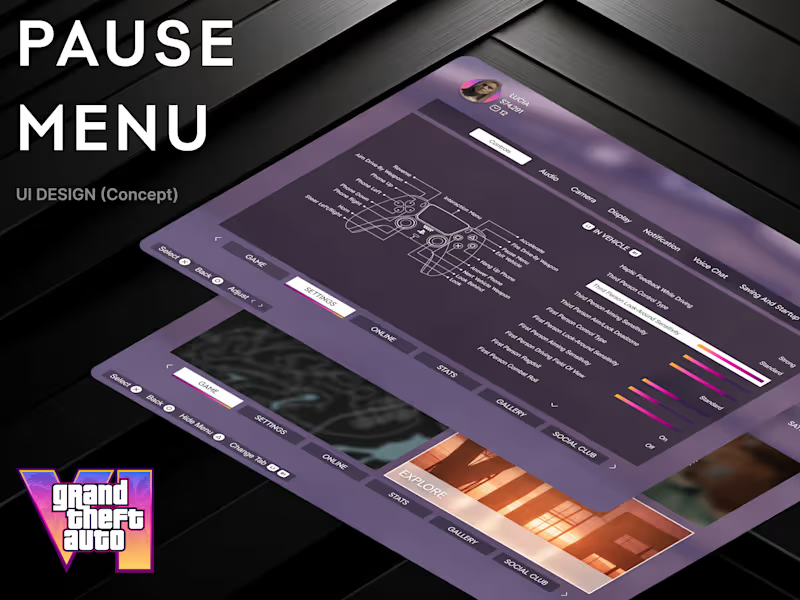
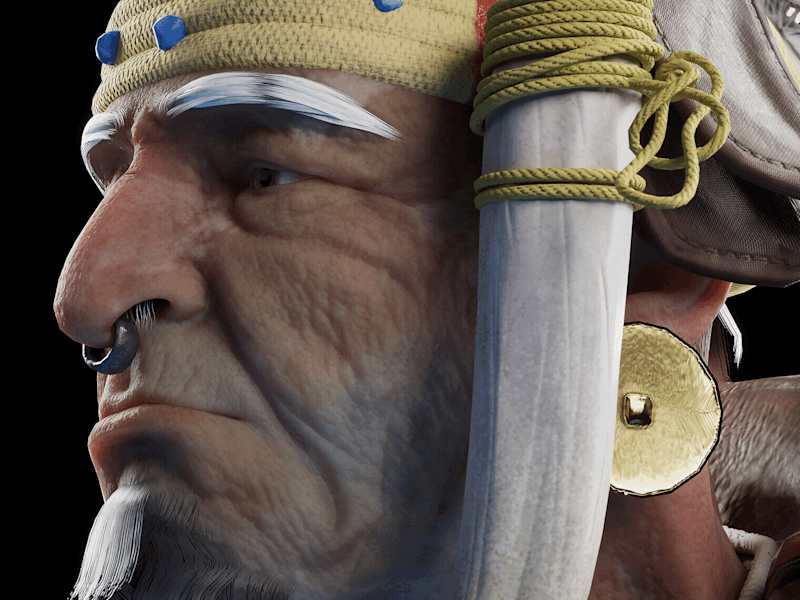
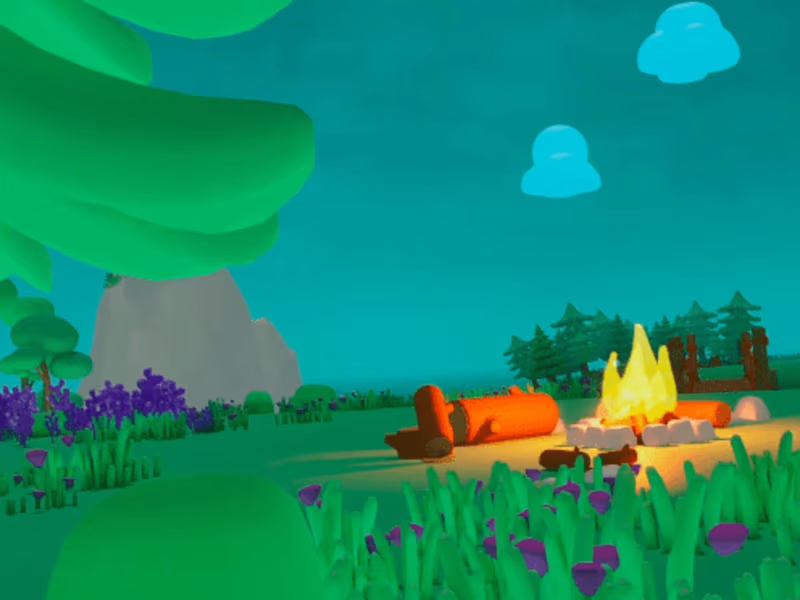
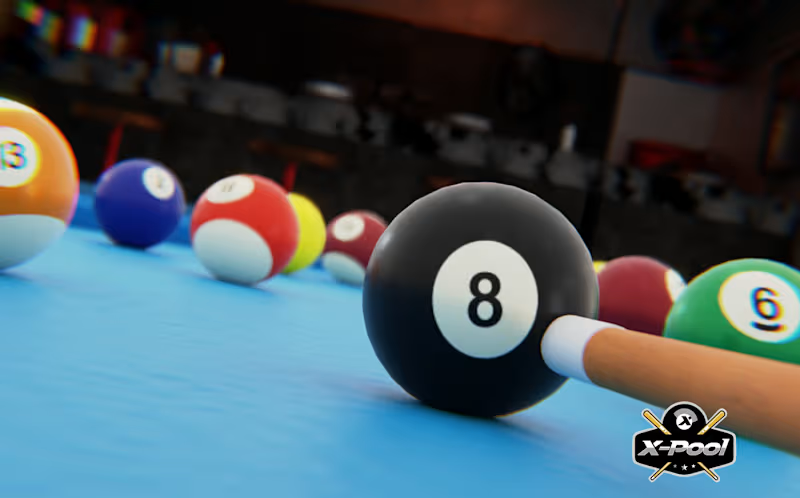
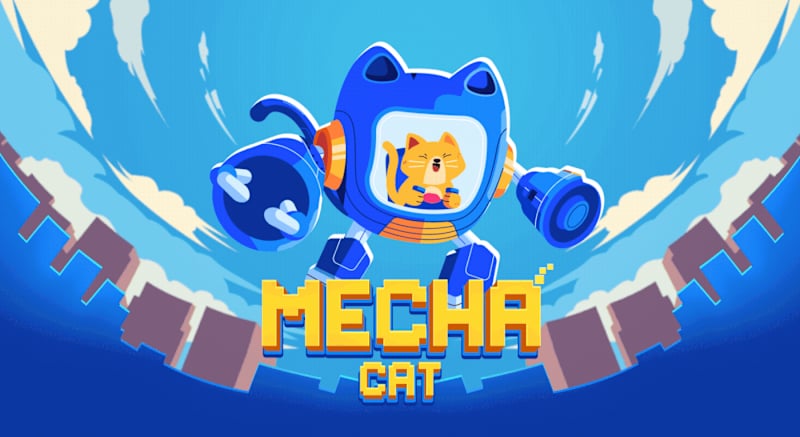

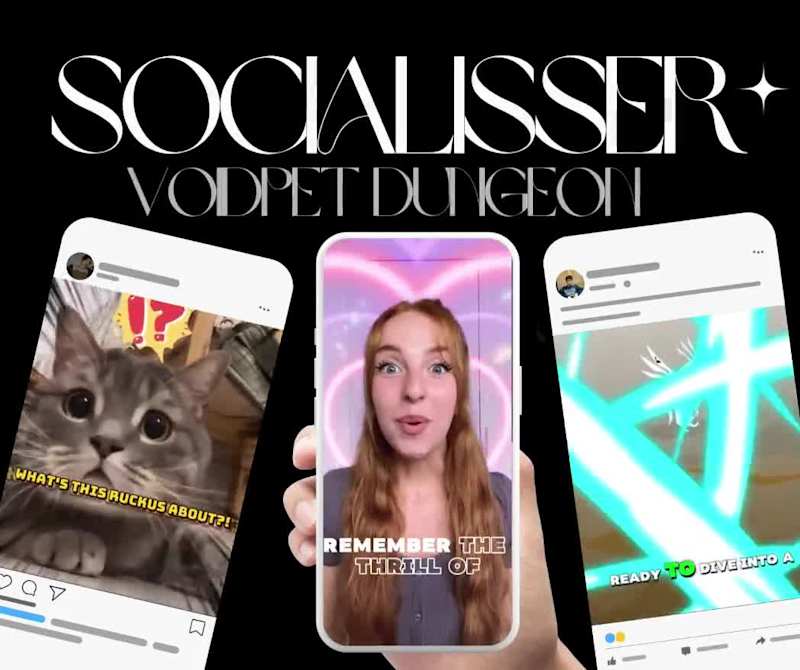

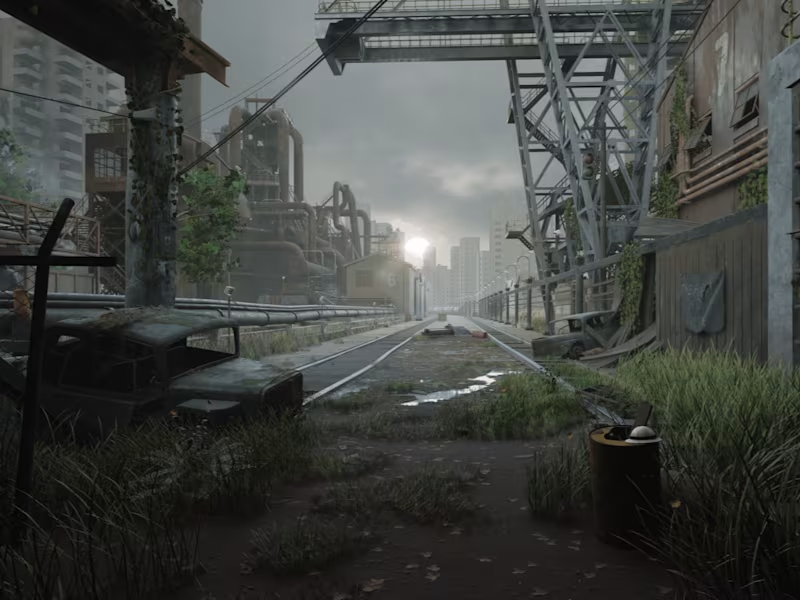
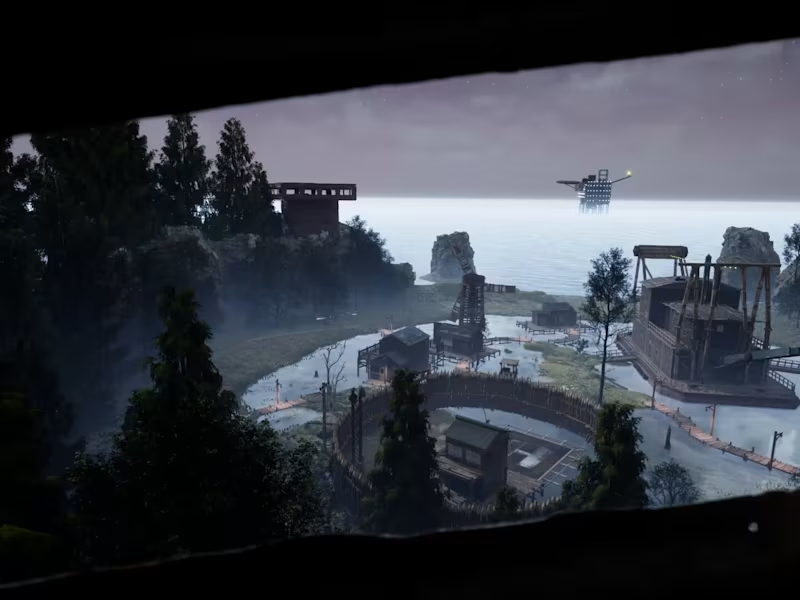
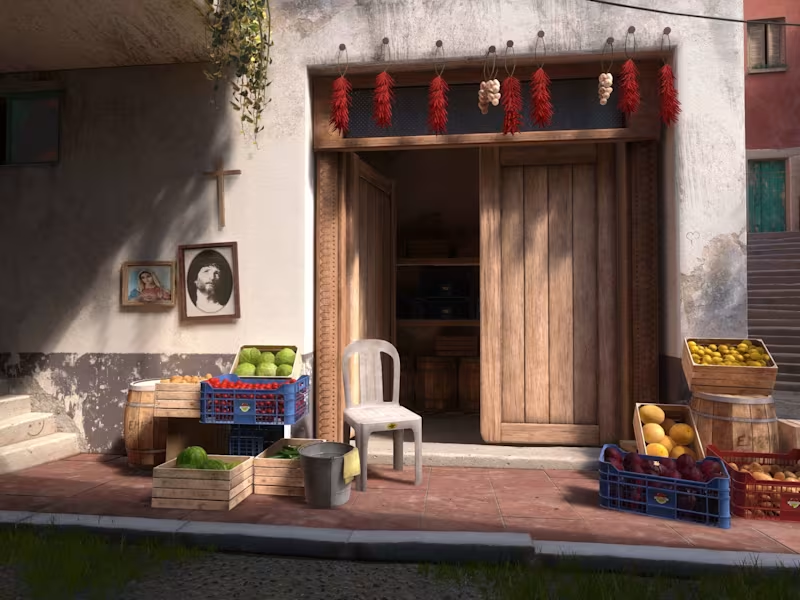
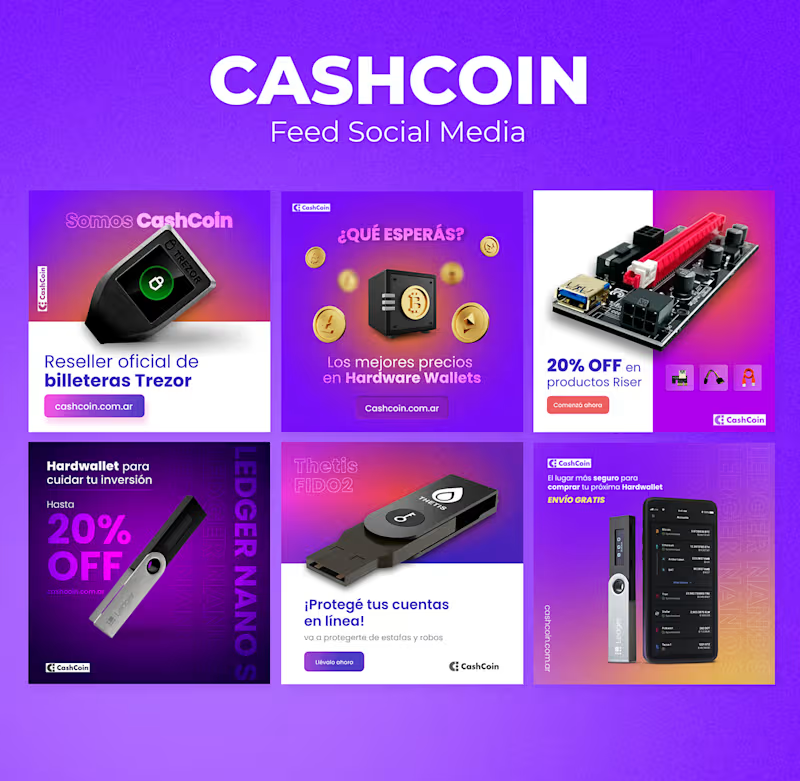
![Cover image for [Blog Writing] Campeonato de Esports...](https://media.contra.com/image/upload/w_800,q_auto/jvgnchv4254exlq5ujym.avif)
